When you consider chiropractic visits, you might wonder if they really enhance your mobility. Many people report improved flexibility and reduced pain after treatments, but the question remains: are these benefits consistent and backed by science? While some studies support the effectiveness of chiropractic care for mobility issues, others present a more cautious view. To truly understand whether these visits can make a meaningful difference in your life, it's crucial to explore the various factors at play. What might those factors be, and how do they influence your experience?
Understanding Chiropractic Care
Chiropractic care focuses on diagnosing and treating musculoskeletal disorders, primarily through manual adjustments of the spine. When you visit a chiropractor, you'll find they prioritize understanding your unique body mechanics and overall health.
They'll analyze your posture, mobility, and any pain you're experiencing to identify underlying issues affecting your well-being. During your initial consultation, the chiropractor will likely ask about your medical history and perform a physical examination. This process helps them to pinpoint the root cause of your discomfort.
They might use various diagnostic tools to assess your condition more thoroughly. By doing so, they can create a personalized treatment plan tailored just for you. Chiropractors often emphasize the importance of spinal health, as it plays a significant role in your nervous system function.
By adjusting the spine, they can help restore proper alignment, which may alleviate pressure on nerves and improve communication throughout your body. It's not just about relieving pain; it's about enhancing your overall health and mobility.
In addition to manual adjustments, chiropractors frequently recommend exercises, stretches, and lifestyle changes to support your recovery. They'll guide you on how to maintain good posture and prevent future issues.
Common Mobility Issues Addressed
What common mobility issues might you experience that could benefit from chiropractic care? Many people face challenges like joint pain, muscle stiffness, and limited range of motion. If you've ever felt discomfort while bending, lifting, or even walking, chiropractic adjustments could help alleviate these issues.
Back pain is one of the most prevalent mobility problems you might encounter. Whether it's due to poor posture, a sedentary lifestyle, or a past injury, chiropractic care can target the root causes of your discomfort. By realigning your spine, chiropractors can reduce pain and improve mobility.
Neck pain is another issue that often affects your daily activities. If you're dealing with stiffness or pain from hours spent at a desk or looking at screens, adjustments can help restore proper movement to your cervical spine, reducing discomfort.
You might also experience hip pain, which can limit your ability to engage in physical activities. Chiropractic treatments can improve joint function and alleviate pain, allowing you to move more freely.
Additionally, conditions like sciatica can cause radiating pain down your legs, impacting your mobility. Chiropractors often use specific techniques to relieve pressure on the sciatic nerve, helping you regain your mobility.
Finally, recurring headaches, often linked to neck and shoulder tension, can also hinder your movement. Chiropractic adjustments can help reduce the frequency and intensity of these headaches, allowing you to feel more agile and active.
Scientific Evidence Supporting Benefits
Research supports the effectiveness of chiropractic care in improving mobility and reducing pain associated with various conditions. Numerous studies demonstrate that chiropractic adjustments can lead to significant improvements in joint function and flexibility.
For instance, a systematic review published in the Journal of Manipulative and Physiological Therapeutics highlighted that patients receiving chiropractic care reported noticeable enhancements in their range of motion, especially in the neck and lower back.
Moreover, evidence suggests that chiropractic treatments can alleviate discomfort linked to conditions like osteoarthritis and herniated discs. A meta-analysis revealed that patients receiving spinal manipulation experienced greater pain relief compared to those who only relied on conventional medical treatments.
This combination of pain reduction and enhanced mobility can greatly improve your daily activities and overall quality of life.
In addition, randomized controlled trials have shown positive outcomes for specific populations. For example, individuals with chronic lower back pain often experience improved mobility after a series of chiropractic sessions. The targeted adjustments help restore proper alignment and function, allowing you to move more freely without discomfort.
Furthermore, chiropractic care has been associated with improved athletic performance. Research indicates that athletes receiving regular chiropractic adjustments not only recover faster from injuries but also achieve better overall performance metrics.
Anecdotal Evidence and Personal Experiences
Many individuals have shared their transformative experiences after visiting a chiropractor, highlighting the personal impact of these treatments on their mobility and overall well-being. You might hear stories of people who've struggled with chronic pain or limited movement for years, only to find relief and increased flexibility after just a few sessions.
These personal anecdotes often paint a vivid picture of hope and improvement, making them hard to ignore. For instance, someone might describe how they once couldn't bend down to tie their shoes without discomfort, but after a series of chiropractic adjustments, they're back to enjoying their favorite activities pain-free.
Others might share how they regained the ability to participate in sports or play with their children after feeling sidelined for months. These accounts can resonate deeply, as they illustrate the potential for change through chiropractic care.
You may also find it compelling to listen to stories of those who've experienced not just physical changes, but emotional and psychological benefits as well. With improved mobility often comes a boost in confidence and a renewed zest for life.
People frequently express feelings of empowerment, as they take control of their health and mobility. While personal experiences can vary widely, the common thread is hope and progress.
These anecdotes can serve as powerful motivators for anyone considering chiropractic care, pushing you to explore the potential benefits it may bring to your own life.
Techniques Used in Chiropractic Treatment
Chiropractic treatment employs a variety of techniques designed to restore mobility and alleviate pain. When you visit a chiropractor, you'll likely encounter several methods tailored to your specific needs. These techniques aim to improve your overall function and help you regain movement, often focusing on the spine and joints.
One commonly used approach is spinal manipulation, where the chiropractor applies controlled force to your joints. This can enhance mobility and reduce discomfort. You might also experience soft tissue therapy, which involves manipulating the muscles and fascia surrounding your joints to relieve tension.
Additionally, chiropractors often incorporate:
- Active Release Techniques (ART): This method targets specific muscle groups and fascia to release tightness and improve function.
- Flexion-Distraction: A gentle technique that stretches the spine and alleviates pressure on the discs, promoting better movement.
- Instrument-Assisted Adjustments: Using specialized tools, chiropractors apply precise pressure to joints, providing a less forceful alternative to manual adjustments.
These techniques work together to create a thorough treatment plan tailored to your unique condition. By addressing both structural and muscular issues, chiropractic care can facilitate a more effective recovery process.
You'll likely find that the combination of these approaches helps you regain mobility and improve your overall quality of life. Ultimately, understanding these techniques can empower you to engage more actively in your treatment and recovery journey.
Safety and Risks of Chiropractic Visits
While chiropractic care can offer significant benefits, it's essential to be aware of potential safety concerns and risks associated with visits. First, you should understand that not everyone is a suitable candidate for chiropractic adjustments. People with certain medical conditions, such as severe osteoporosis or inflammatory arthritis, may face increased risks. Always discuss your medical history with your chiropractor prior to treatment.
One common concern involves the risk of stroke, particularly from neck adjustments. While rare, some studies suggest a possible link between cervical manipulation and vertebral artery dissection, which can lead to a stroke. Knowing these risks can help you make an informed decision about your care.
You might also experience mild side effects after your session, such as soreness or stiffness. These are often temporary and typically resolve within a day or two. However, if you experience severe or persistent pain, it's important to contact your chiropractor immediately.
Infection is another risk, although it's quite rare. This could occur if the chiropractor doesn't maintain proper hygiene or if you have an underlying condition that compromises your immune system.
Lastly, verifying your chiropractor is licensed and has a good reputation can mitigate many risks. Don't hesitate to ask questions or voice concerns during your visits. By doing so, you can help guarantee that your chiropractic experience is both safe and beneficial for your overall mobility.
Comparing Chiropractic to Other Treatments
When considering options for pain relief and improved mobility, it's important to evaluate chiropractic care alongside other treatment modalities. While chiropractic adjustments can alleviate pain and enhance mobility for some, you might find that other treatments offer different benefits.
Here's a comparison of chiropractic care with a few common alternatives:
- Physical Therapy: Focuses on exercises and rehabilitation techniques tailored to your specific condition. It helps strengthen muscles and improve flexibility, which can lead to long-term mobility gains.
- Massage Therapy: Targets muscle tension and promotes relaxation. It can relieve pain and improve circulation, but it may not address underlying structural issues as chiropractic care does.
- Medication: Nonsteroidal anti-inflammatory drugs (NSAIDs) or muscle relaxants can provide quick relief from pain, but they often come with side effects and don't promote mobility improvement in the long run.
- Acupuncture: This holistic approach stimulates points on the body to relieve pain and promote healing. While it can be effective, its results can vary widely from person to person.
Ultimately, the best approach depends on your specific needs and preferences. You might benefit from a combination of treatments, so it's important to discuss your options with a healthcare provider.
Frequency of Visits and Expectations
Determining how often you should visit a chiropractor can depend on your specific condition, treatment goals, and personal preferences. Generally, chiropractic care may start with more frequent visits, such as two to three times a week, especially if you're dealing with acute pain or a recent injury.
As your condition improves, your chiropractor may recommend reducing the frequency to once a week or even biweekly.
It's essential to communicate your expectations with your chiropractor. If you're hoping to achieve significant mobility improvements or pain relief, let them know. They can tailor your treatment plan to align with your goals.
For chronic issues, you might find that ongoing maintenance visits every month or so can help sustain your progress.
Keep in mind that each person's journey is unique. Some might experience rapid improvements, while others may need more time to see significant changes. Stay patient and trust the process, but don't hesitate to ask questions or voice concerns about your treatment plan.
Also, be open to adjustments in your visit frequency based on your progress. If you feel better sooner than expected, your chiropractor might suggest fewer visits. Conversely, if you're not seeing the desired results, they might recommend more frequent sessions.
Ultimately, your comfort and mobility should dictate your chiropractic journey, so stay engaged and proactive in your care.
Long-term Impact on Mobility
Regular chiropractic visits can lead to significant long-term improvements in mobility. When you commit to a consistent schedule, you may notice a gradual enhancement in how easily you move. This increase in mobility isn't just about feeling better in the short term; it can have lasting effects on your overall physical health and quality of life.
Chiropractic care focuses on aligning the spine and enhancing nervous system function, which can alleviate pain and stiffness. Over time, these adjustments can help you regain lost range of motion and flexibility. As you experience these benefits, you might find yourself engaging in activities that were previously difficult or painful.
Here are some key long-term impacts you might experience:
- Enhanced flexibility and range of motion
- Reduced chronic pain and discomfort
- Improved posture and body alignment
- Greater overall physical performance
By addressing underlying issues, chiropractic care can empower you to move with greater ease and confidence. You'll likely notice that daily tasks become less intimidating, whether it's playing with your kids, exercising, or simply going for a walk.
It's important to remember that consistency is key. The more regularly you visit your chiropractor, the more profound the long-term benefits can be.
Conclusion
To sum up, chiropractic visits can markedly enhance your mobility and overall well-being. By addressing musculoskeletal issues through targeted adjustments and techniques, you may experience improved flexibility and reduced pain. Staying engaged in your treatment plan and maintaining open communication with your chiropractor will help you maximize these benefits. Whether you're an athlete or just looking to improve your daily movement, regular chiropractic care could be a valuable part of your health routine.



